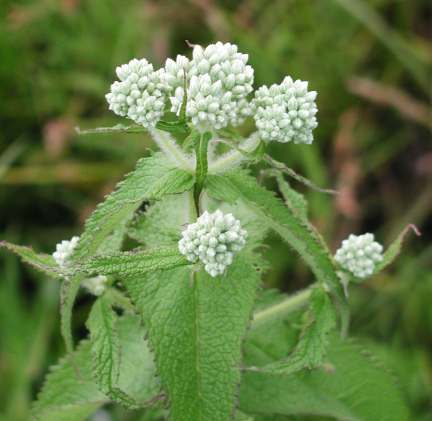
Pennyroyal (Hedeoma pulegioides), or the more potent version from Europe (Mentha pulegium), is an herb that is hard to find. Because of its possible misuse, many manufacturers will not offer it to the consumer. Pennyroyal is an abortifacient, which means that it should never be taken while pregnant because it may cause the mother to abort a fetus.
If you are a generally healthy woman, however, pennyroyal can be effective in bringing on a late period. Others have used the herb after giving birth to help the delivery of the placenta (known as the afterbirth). Just a little pennyroyal also may lessen the cramps and bloating associated with menstruation. In this case, a penny goes a long way!
Pennyroyal should also be noted for its use in getting rid of bugs and pests. This herb is one of the most powerful bug repellents and seems to be effective against a wide range of bugs. Here are some uses of pennyroyal as a bug repellent:
- The plant itself has been grown in pots or flower beds surrounding porches to repel mosquitoes. Because of this, it has also been commonly known as mosquito plant.
- Used externally, the essential oil repels mosquitoes, fleas, and flies.
- The dried herb can be made into a sachet and put in with wool clothing to repel moths.
- The dried herb, burned for incense, can also serve as a great repellent.
- The plant has been rubbed directly on the skin not only as a bug repellent but also for the relief of poison oak or poison ivy rashes. Again, remember to avoid any applications of pennyroyal—whether internal or external—if you are pregnant.


